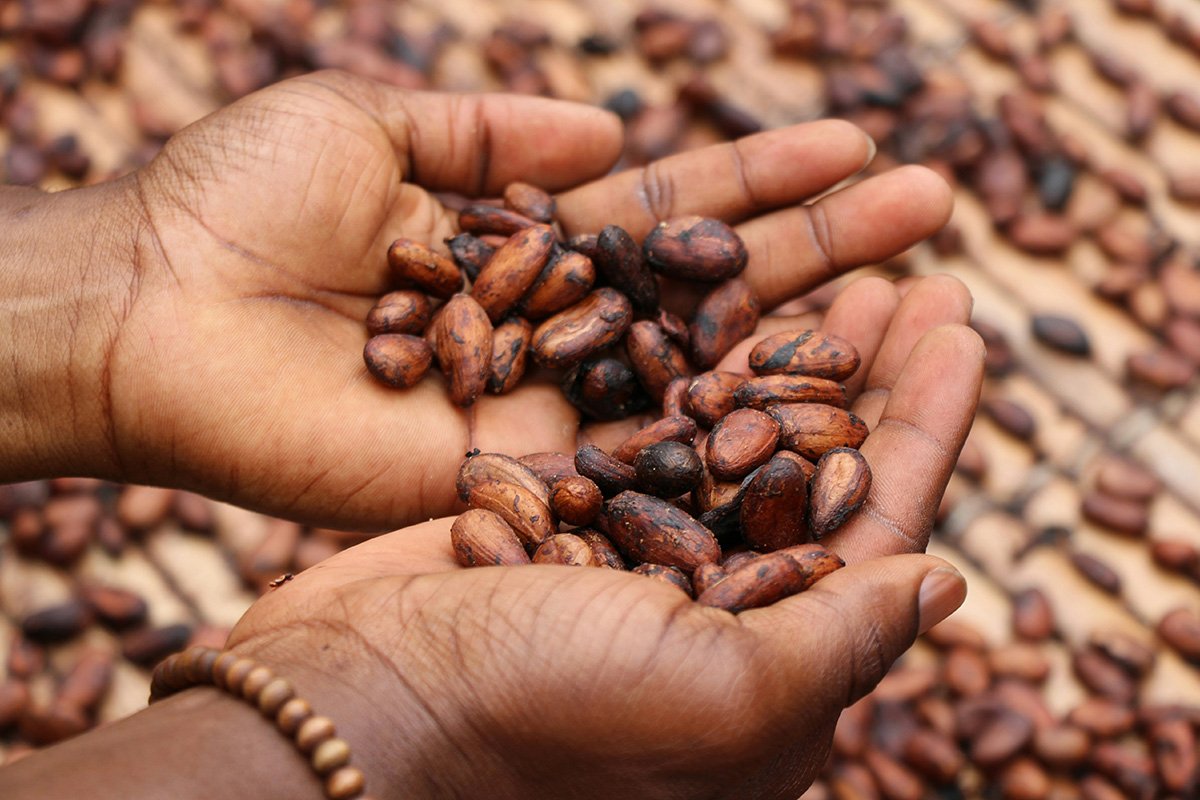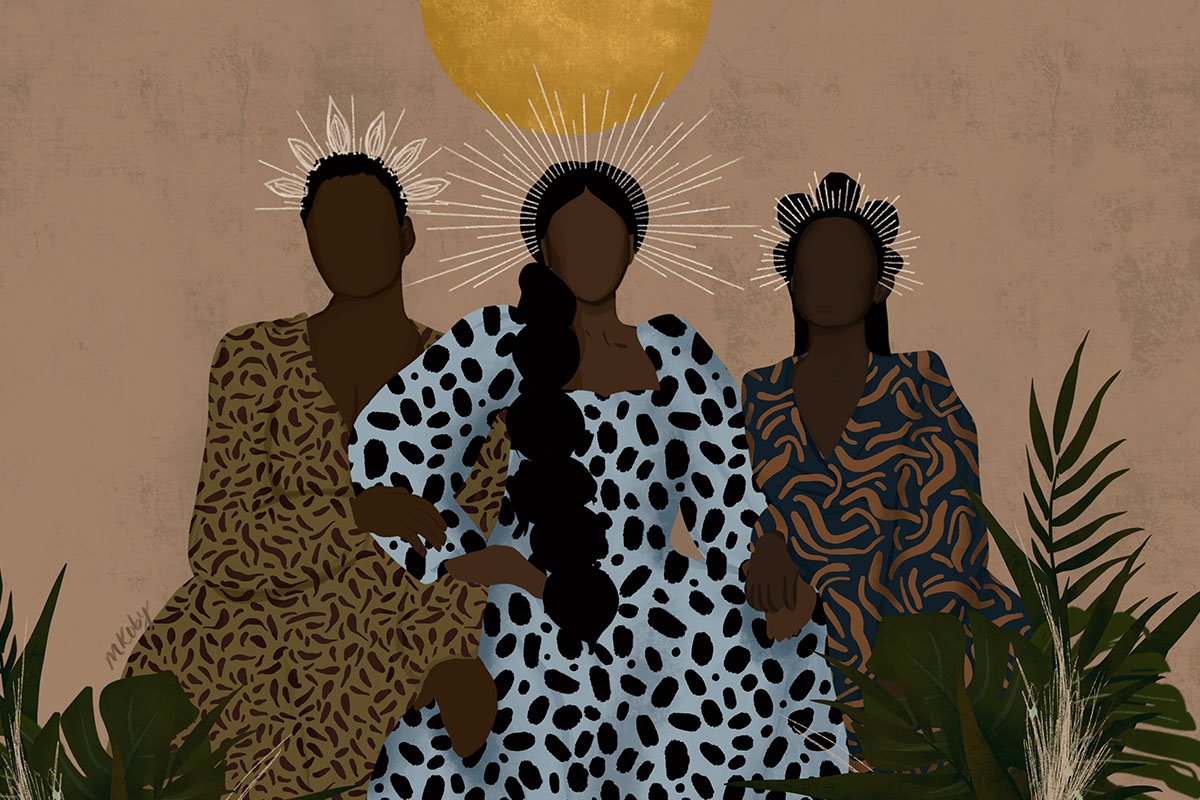
For some borrowers who have applied for federal student loan forgiveness, 2024 started off on a positive note. The administration of President Joe Biden and Vice President Kamala Harris announced on January 19 that it had canceled an additional $4.9 billion in student loans for almost 74,000 borrowers, including nurses, social workers, firefighters, teachers, and others. The US Department of Education issued a statement noting that this action “brings the total loan forgiveness approved by the Biden-Harris Administration to $136.6 billion for more than 3.7 million Americans.”
That’s the good news. The not-so-good news: additional millions of Americans, including many working in the nonprofit sector, are likely eligible for forgiveness but have not received it because they have not applied for relief. This is less than surprising. As I noted in NPQ back in 2022, the “federal student loan market is nothing if not opaque.”
The administration’s present efforts might be what is currently politically possible, given the failure of Congress to act and the June 2023 US Supreme Court decision to reject Biden’s executive order to cancel $400 billion in student debt for all borrowers. That said, the patchwork approach leaves many out. Even worse, the program-by-program approach means that often borrowers must take the initiative to claim the benefits to which they are by law entitled—and millions have not done so.
What the Latest Federal Measures Do
Millions of Americans, including many working in the nonprofit sector, are likely eligible for forgiveness but have not…applied for relief.In a department press statement, US Secretary of Education Miguel Cardona called the latest $4.9 billion in relief another step to repair a “broken student loan system and address the needless hurdles and administrative inaccuracies that, in the past, kept borrowers from getting the student debt forgiveness they deserved.”
This round of debt relief breaks down as follows:
- $3.2 billion to support loan cancellation for an additional 43,900 borrowers through the Public Service Loan Forgiveness (PSLF) program, which offers total loan forgiveness for borrowers who make 120 monthly payments (10 years) and work for nonprofits or public sector employers
- $1.7 billion to support loan forgiveness for 29,700 more borrowers through administrative adjustments to Income-Driven Replacement (IDR) payment counts. Under IDR rules, borrowers are supposed to have loans discharged after making 20 years of payments (or 25 years if the loan is for graduate school)
The administration’s actions correct certain regulatory red tape issues that had prevented the cancellation of loans that were supposed to have happened already according to the borrowers’ original federal student loan agreements.
In a separate but related matter, the Biden-Harris administration also announced in January that it was accelerating the implementation of the Saving on a Valuable Education (SAVE) plan. These borrowers, like public sector and nonprofit workers enrolled in the PSLF program, will be entitled to have their loans forgiven after making regular payments for 10 years (120 monthly payments). So far, 6.9 million Americans have enrolled in the SAVE plan.
To date, the administration has approved the cancellation of more than $136 billion in student loan debt for 3.7 million borrowers. In addition to forgiveness for borrowers who had met IDR and PSLF program requirements, this includes:
- $11.7 billion for almost 513,000 borrowers with a total and permanent disability
- $22.5 billion for more than 1.3 million borrowers who were cheated by their schools, saw their institutions precipitously close, or are covered by related court settlements
Debt relief…for qualifying borrowers to date has averaged nearly $100,000 per borrower.
Who Benefits and Who’s Left Out?
The aid that has been provided primarily reaches long-time borrowers, but young borrowers face many years of student loan payments in the future. Young people and Black borrowers are disproportionately represented among the nearly 44 million people who still carry federal student loan debt, which presently totals an estimated $1.645 trillion (with an additional $119 billion owed to private lenders). These astronomical numbers are due in large part to compounded interest that continues to accrue even during forbearance (that is, periods where loan servicers approve payment suspensions). As a result, many borrowers owe up to three times the amount they initially borrowed.
Worse, more than seven million borrowers nationally—about one in six borrowers nationwide—may be eligible for total loan forgiveness but are either unaware of this fact or unwilling to run the bureaucratic gauntlet to do so. In other words, money is left on the table for millions of workers who have not filled out the paperwork to apply for forgiveness.
Sign up for our free newsletters
Subscribe to NPQ's newsletters to have our top stories delivered directly to your inbox.
By signing up, you agree to our privacy policy and terms of use, and to receive messages from NPQ and our partners.
At present there is a backlog of several hundred thousand [Public Service Loan Forgiveness] applications.
Back in June 2002, the Student Borrower Protection Center estimated that only 15 percent of the estimated nine million workers eligible for PSLF forgiveness had filed the necessary paperwork. This means, according to SBPC, that 7.7 million public sector and nonprofit workers at that point were missing the opportunity for federal student debt relief, which, for qualifying borrowers to date, has averaged nearly $100,000 per borrower.
Making It through the Bureaucracy
Of course, there are reasons why so many do not apply for debt forgiveness programs. Jumping through the hoops—both with the federal government and private loan servicers working with the federal government—is not easy. Prior to November 2020, only 1 percent of eligible borrowers received forgiveness through the PSLF program. Even now, the nonprofit Education Data Initiative estimates that as of October 2023, only 18.4 percent of eligible PSLF borrowers had applied for student loan forgiveness.
Roadblocks and challenges to applying are less than they used to be, but they are still significant. For example, MOHELA, presently the nation’s sole student loan servicer, is facing a lawsuit for failing to process applications in a timely manner. Indeed, at present there is a backlog of several hundred thousand applications. MOHELA has also announced that it is transitioning to a new loan-servicing platform, and processing paperwork has slowed to a crawl. For instance, the time it takes just to certify a borrower’s employment in the loan forgiveness program has gone from 30 days to at least 60 days to process.
Still, given the large sums of money at stake, it is certainly worthwhile for borrowers to make the effort—assuming they know how to do so. The bureaucratic maze can be a nightmare. In her account in the Chronicle of Philanthropy, reporter Sara Herschander highlights the case of Rachel Hurst.
Hurst, who had taken on student loans for two degrees and had a career as a nonprofit fundraiser, knew she qualified, but negotiating the bureaucracy was anything but easy. Hurst found the descriptions of payment plan options so unclear that she had ended up in the wrong repayment plan, with the wrong loan, and the wrong employee classification to receive forgiveness credits. She complained to the Consumer Financial Protection Bureau’s student loan watchdog but to no avail.
Hurst finally succeeded in getting her $40,000 debt eliminated in 2020 with the help of her state’s attorney general’s office. She then bought a house. This gets to the heart of one reason why student loan forgiveness is so important. Student loan debt often impedes borrowers from investing in themselves or their communities. Studies have shown that student loan debt not only prevents homeownership but also delays small business investment, reduces contributions to retirement accounts, and is a major factor in delaying the age of marriage.
The Biden-Harris administration announced in 2021 a limited-time waiver that allowed borrowers to consolidate their loans and get credit for past payments that arbitrarily didn’t qualify for PSLF. Many, although not all, of the waiver’s provisions became permanent when the waiver expired in October 2022. For example, prior rules would disqualify a payment if it was even a few cents short or more than 15 days late. The new rules are more forgiving. Borrowers can now receive credit toward PSLF on payments that are made late, in installments, or in a lump sum. Along with the more accommodating regulations, the online application tool became easier to use as well.
Hurst encourages other borrowers to follow in her footsteps. “You’ve committed to public service. You’ve served your community,” she tells other nonprofit and public sector professionals. “It’s not a giveaway. It’s something that you’ve earned.”











